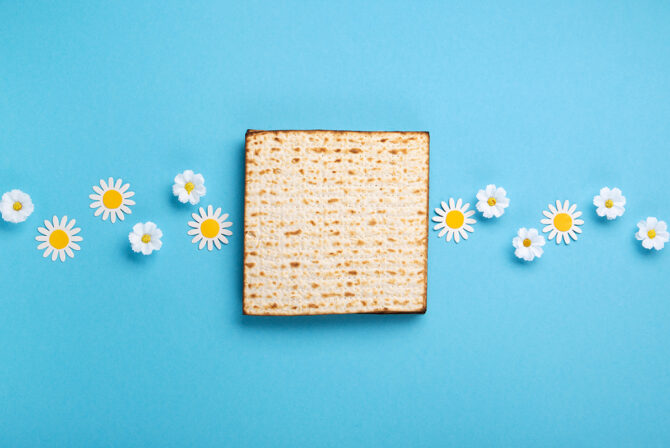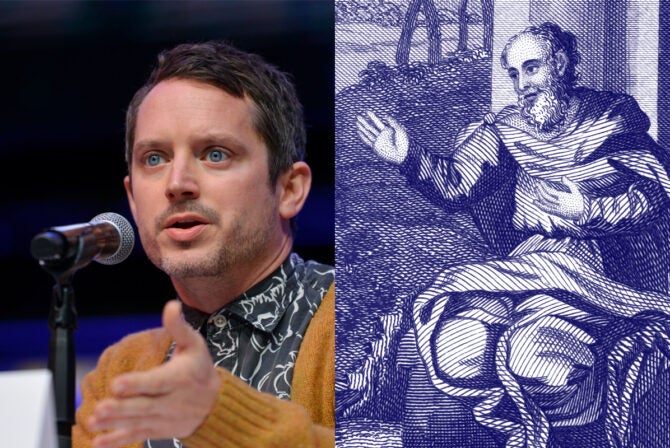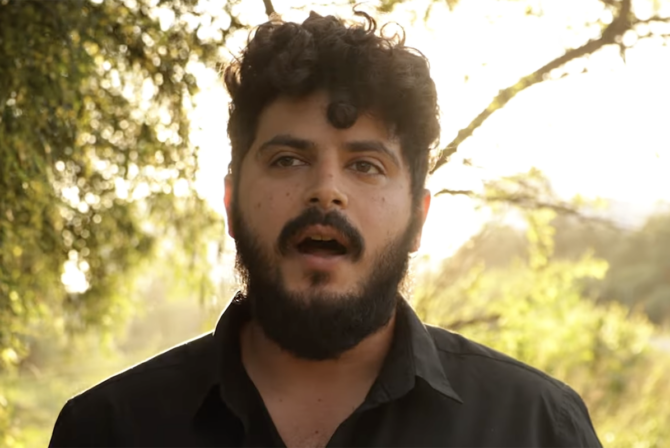It took me a long time to try yoga; I thought I wasn’t “the type.” Once I managed to get past the stereotypes, though, I began to realize that it was probably what I needed. So when I discovered that a local teacher was offering classes for women only, I bought a mat and took the plunge.
And I was right; it is exactly what I need. As I continued attending yoga classes, in fact, I began to notice a lot of unexpected parallels to my longtime passion of Jewish text study—I have taught and learned Jewish texts in online and in-person classes since I was teenager.
You see, while many people lump yoga in with new-age crystals, and alternative medicine—and ask whether those things can be compatible with Jewish faith—I’ve found it not to be an issue with the practice of yoga itself. Instead it’s a mentality that fits in smoothly with, and actually complements, my practice of Jewish learning.
Here are the parallels.
The first step is noticing
Often, the first thing Karen, my yoga teacher, tells us to do is to just lie there and “notice”: the mat, our own breathing, the sounds around us, any thoughts that might be swimming in our minds as we get ready to shift focus.
It happens that I like to start my learning, and teaching, in the same way: by reading a text and noticing. Is there anything unusual? Interesting? Are there any questions or insights that jump out at me?
I also try to pay attention, and advise my students to do the same, to notice any potential barriers to understanding. Am I too busy thinking about my shopping list to focus on this experience? Am I too tied up in preconceived ideas to open my mind to other ways of reading this verse?
Balance is everything
Balance is key to using and strengthening the body, making sure not to overload one side, allowing the core and everything around it to be strengthened.
And of course, the same is true in many areas of life, including delving into sacred texts. How do we determine where the truth lies? Through balance: paying attention to all sides of an issue.
A little tweak makes a big difference
One of the things that surprised me most about yoga, beyond the mere fact of my attendance, was how much difference a slight movement could make. Tighten one muscle, and the whole pose feels different. Sometimes it doesn’t even require a movement; sometimes Karen will tell us to simply imagine the head pulling forward, or think about a particular muscle. That mental shift alone can awaken the muscles, enabling a stretch to be felt somewhere new, or more deeply.
In a similar way, I am continually surprised and inspired by the way shifting my understanding of even one word in a text, or even just looking at the same idea differently, can change the whole meaning and create a new or deeper understanding.
Don’t be afraid of falling
Whenever Karen encourages us “don’t be afraid of falling,” I remember my first job in adult education. My students were intelligent, educated women who had little to no experience with Hebrew texts, and I was privileged to guide them in their efforts to translate and analyze biblical commentaries. Figurative falls were a given in that class, but when they were finally able to figure out a sentence–the previous “falls” made it that much more exciting.
It’s a practice
There are some yoga moves or poses I might never try, but there is plenty that I can work with to challenge myself and grow.
Jewish text study, too, is a practice. People tell me all the time that they can’t engage in text study because they don’t have the skills, and I say “So what?” I learned from my students that everyone has the skills to start. Maybe you get a dictionary, a teacher (I never would have attempted yoga without Karen!), a more experienced friend–and you learn at your level–no, push yourself at your level, stretch to your degree, challenge yourself just the right amount for you. The right challenge helps us grow.
Take ownership of what you’ve had all along
I hadn’t even been doing yoga for so long when I started to notice that I was more aware of how my muscles were working–and that they were working. Whereas before, my movements seemed to be largely a result of momentum, I began to gain awareness (Karen would call it “mindfulness”) and control of the muscles I always owned but to which I had, apparently, never properly attended. Each step became more deliberate, purposeful, and strong, continually building on reserves I had never fully recognized within myself.
Jewish heritage has always been there, for all Jews. We can choose to leave it in the background, maybe a part of our lives simply through our routines, carried by the momentum of what we do or don’t observe. Or we can choose to be mindful of those “muscles” that we’ve always possessed but never thought about how to use. We can build a deeper awareness of who we are and what we have, and take ownership of how we strengthen our lives.
Of course, in order to do that, we may have to overcome stereotypes of who engages in the “practice” of Jewish text study—just as I did with yoga.
We may have to acknowledge that it’s exactly what we always needed.







